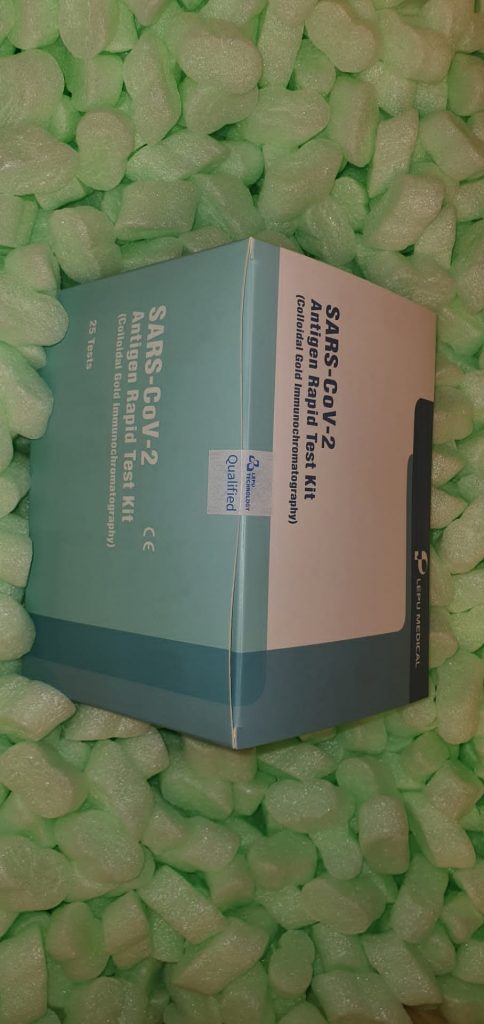Aspirin-exacerbated respiratory disease (AERD) is characterised by immune cells dysfunction. This research aimed to research the molecular mechanisms concerned in AERD pathogenesis. Relevant literatures have been recognized by a PubMed search (2005-2019) of english language papers utilizing the phrases “Aspirin-exacerbated respiratory disease”, “Allergic irritation”, “molecular mechanism” and “mutation”. According to the numerous function of irritation in AERD improvement, ILC-2 is called crucial cell in disease development. ILC-2 produces cytokines that induce allergic reactions and additionally trigger lipid mediators manufacturing, which prompts mast cells and basophils, in the end.
Finally, Monoclonal antibody and Aspirin desensitization in sufferers could be a helpful therapy technique for prevention and therapy. Medulloblastomas (MBs) are probably the most frequent childhood malignant mind tumor. Four histopathologic variants and Four genetic subgroups have been outlined within the World Health Organization (WHO) 2016 Classification and represent main threat stratification gadgets immediately affecting the affected person administration. Although MB subgroups have been molecularly outlined, immunohistochemical surrogates are wanted. The goal of our retrospective research was to guage the concordance between immunohistochemistry, utilizing Four antibodies (YAP1, GAB1, OTX2, and β-catenin), and DNA-methylation profiling in MB subgrouping.
From a sequence of 155 MBs, the κ coefficient of concordance was nearly excellent (0.90), with solely 8/152 discrepant circumstances (no DNA-methylation evaluation was obtainable in Three circumstances). Interestingly, the discrepancies principally involved (7/Eight circumstances) MBs with divergent differentiations (myogenic, melanotic, and others) with all of these categorized into group 3 (n=6) and group 4 (n=1) by DNA-methylation profiling. Another discrepant case involved a WNT-activated MB (exhibiting only one% of immunopositive tumor cell nuclei), highlighting the difficulties of figuring out an acceptable β-catenin immunostaining cutoff.
The excessive concordance of the routine immunohistochemical panel (YAP1, GAB1, OTX2, and β-catenin) and DNA-methylation profiling affirm its utility as a dependable predictive marker of molecular subtype in MBs. We analyzed the accuracy of 10 completely different IHC mixtures for the dedication of MB subtype and discovered {that a} mixture of two antibodies (YAP1 and OTX2) permits for the profitable characterization of 144 circumstances of 152 circumstances. Finally, our sequence extends the molecular knowledge of the uncommon morphologic variant of MBs with melanotic/myogenic differentiations.
Challenges and alternatives for the adoption of molecular diagnostics for anthelmintic resistance
Anthelmintic resistance is a major menace to livestock manufacturing methods worldwide and is rising as an essential challenge in companion animal parasite administration. It can also be an rising concern for the management of human soil-transmitted helminths and filaria. An essential side of managing anthelmintic resistance is the power to utilise diagnostic assessments to detect its emergence at an early stage. In host-parasite methods the place resistance is already widespread, diagnostics have a probably essential function in figuring out these medication that stay the simplest. The improvement of molecular diagnostics for anthelmintic resistance is one focus of the Consortium for Anthelmintic Resistance and Susceptibility (CARS) group.
The current paper displays discussions of this challenge that occurred at the latest assembly of the group in Wisconsin, USA, in July 2019. We evaluate molecular resistance diagnostics with in vivo and in vitro phenotypic strategies, and spotlight the benefits and disadvantages of every. We assess whether or not our information on the id of molecular markers for resistance in the direction of the completely different drug courses is enough to offer some expectation that molecular assessments for discipline use could also be obtainable within the short-to-medium time period.
We describe some sensible facets of such assessments and how our present capabilities evaluate to the necessities of an ‘ultimate’ take a look at. Finally, we describe examples of drug class/parasite species interactions that present the most effective alternative for industrial use of molecular assessments within the close to future. We argue that whereas such prototype assessments could not fulfill the necessities of an ‘ultimate’ take a look at, their potential to offer important advances over currently-used phenotypic strategies warrants their improvement as discipline diagnostics.


